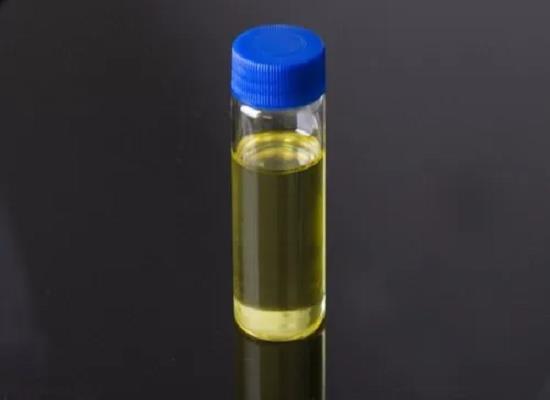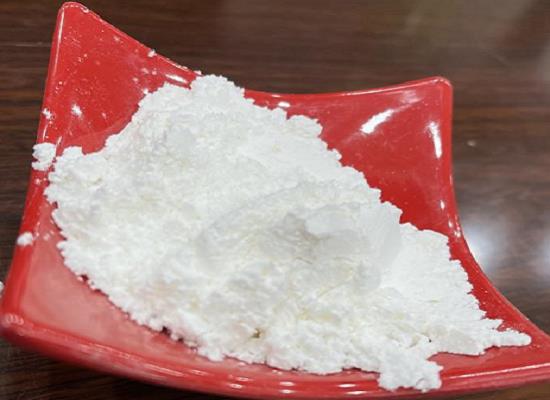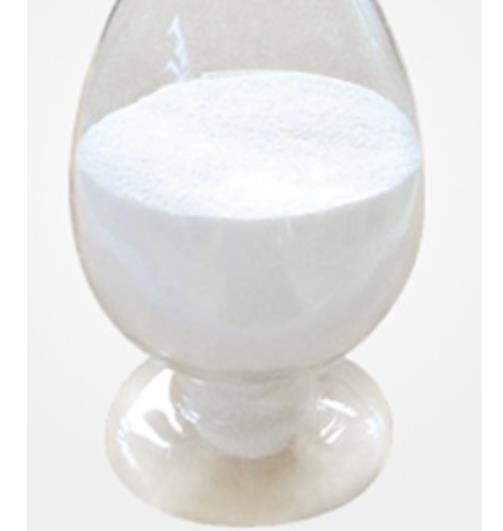The Comprehensive Profile of 1-Dodecanethiol: Synthesis, Composition, Applications, and Toxicity
Introduction
1-Dodecanethiol, often referred to as lauryl mercaptan, is an organic compound belonging to the family of alkyl thiols. This molecule is recognized by its chemical formula CH₃(CH₂)₁₀CH₂SH. The thiol group attached to the end of a 12-carbon alkyl chain grants this compound its unique properties, making it pivotal in various industrial applications. Its distinct molecular structure provides a balance of hydrophobic and hydrophilic characteristics, which are critical in its role as a surfactant and a mediator in chemical reactions. Particularly valuable in the fields of materials science and chemical engineering, 1-Dodecanethiol is essential for creating complex metal-thiolate structures that are central to innovative technologies and products[1].
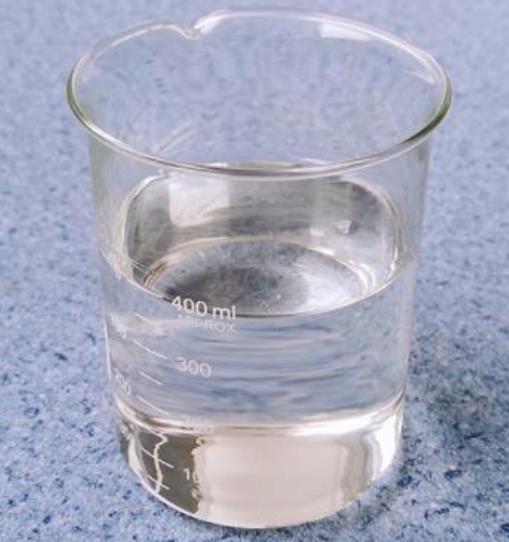
Figure 1 Characteristics of 1-Dodecanethiol
Synthesis of 1-Dodecanethiol
The synthesis of 1-dodecanethiol traditionally involves the addition of hydrogen sulfide (H₂S) to 1-dodecene in the presence of a suitable catalyst. This reaction is typically facilitated by metal catalysts such as nickel or palladium, which help in the hydrogenation of the alkene to form the thiol group. An alternative method includes the reduction of dodecyl sulfate with hydrogen sulfide, which also yields 1-Dodecanethiol. These methods emphasize the importance of precise control over reaction conditions to achieve high purity and yield of the desired product.
Main Components
1-Dodecanethiol primarily consists of a hydrophobic dodecane chain and a hydrophilic thiol group. This amphipathic nature allows it to interact with a wide range of chemical groups, making it an essential surfactant in various formulations. The thiol group in particular plays a critical role in its chemical reactivity, capable of forming strong bonds with metals and other electrophiles, which is exploited in metal extraction and stabilization processes. Furthermore, the length of its carbon chain contributes to its solubility characteristics, enhancing its effectiveness in non-polar solvents and allowing for its use in a broad spectrum of industrial applications. These properties are crucial when employing 1-Dodecanethiol in phase transfer catalysis and as a protective coating in nanotechnology and materials science.
Applications of 1-Dodecanethiol
1-Dodecanethiol finds extensive use in the chemical industry due to its ability to act as a stabilizer and a surface modifier. One of its most significant applications is in the synthesis of gold nanoparticles, where it serves to stabilize the nanoparticles by forming a monolayer around each particle, preventing aggregation. Additionally, it is utilized in the production of certain types of vulcanized rubber, as a chain transfer agent in polymerization reactions, and as an odorant for propane and other gases. Its surfactant properties also make it valuable in industrial cleaning agents and degreasers. Beyond these uses, 1-Dodecanethiol is instrumental in the creation of specialized coatings that enhance the durability and functionality of materials exposed to harsh environments[2].
Toxicity of 1-Dodecanethiol
The toxicity profile of 1-Dodecanethiol is crucial for handling and safety protocols in industrial settings. It is known to be mildly toxic by ingestion, inhalation, or skin absorption. Exposure can lead to irritation of the skin, eyes, and respiratory tract. Prolonged or repeated exposure may cause dermatitis or other skin disorders. Industry professionals must adhere to stringent safety standards, including the use of personal protective equipment (PPE), adequate ventilation, and exposure controls, to mitigate health risks associated with its use.
Conclusion
In conclusion, 1-Dodecanethiol is a versatile chemical compound with a wide array of applications in the chemical industry. Its synthesis, rooted in effective catalytic reactions, paves the way for its use in nanoparticle stabilization and surface modification. Despite its beneficial industrial uses, the inherent toxicity associated with 1-Dodecanethiol necessitates rigorous safety measures. As research continues to explore and expand its applications, understanding its chemical behavior and associated risks remains paramount for professionals in the field. This comprehensive approach ensures that 1-Dodecanethiol can be used effectively and safely across various sectors of the chemical industry.
References
[1]Arce F T, Vela M E, Salvarezza R C, et al. Dynamic characteristics of adsorbed monolayers of 1-dodecanethiol on gold (111) terraces from in-situ scanning tunneling microscopy imaging[J]. Electrochimica acta, 1998, 44(6-7): 1053-1067.
[2]Van Oversteeg C H M, Oropeza F E, Hofmann J P, et al. Water-dispersible copper sulfide nanocrystals via ligand exchange of 1-dodecanethiol[J]. Chemistry of Materials, 2018, 31(2): 541-552.
);You may like
Related articles And Qustion
Lastest Price from 1-Dodecanethiol manufacturers
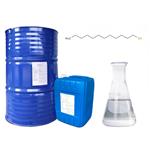
US $0.00/kg2024-05-23
- CAS:
- 112-55-0
- Min. Order:
- 20kg
- Purity:
- 98.5%
- Supply Ability:
- 10 tons
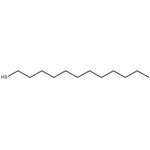
US $100.00-1.00/KG2024-03-25
- CAS:
- 112-55-0
- Min. Order:
- 1KG
- Purity:
- 99%
- Supply Ability:
- g-kg-tons, free sample is available

